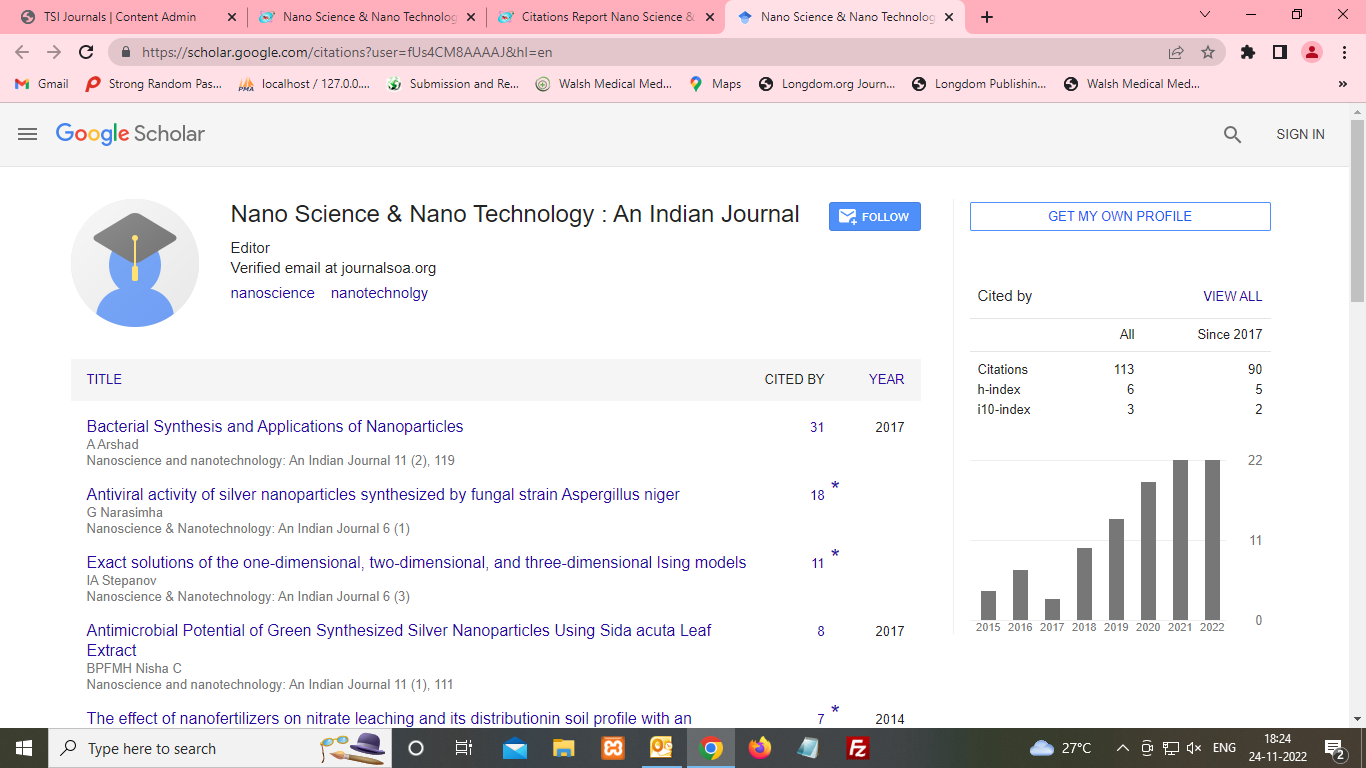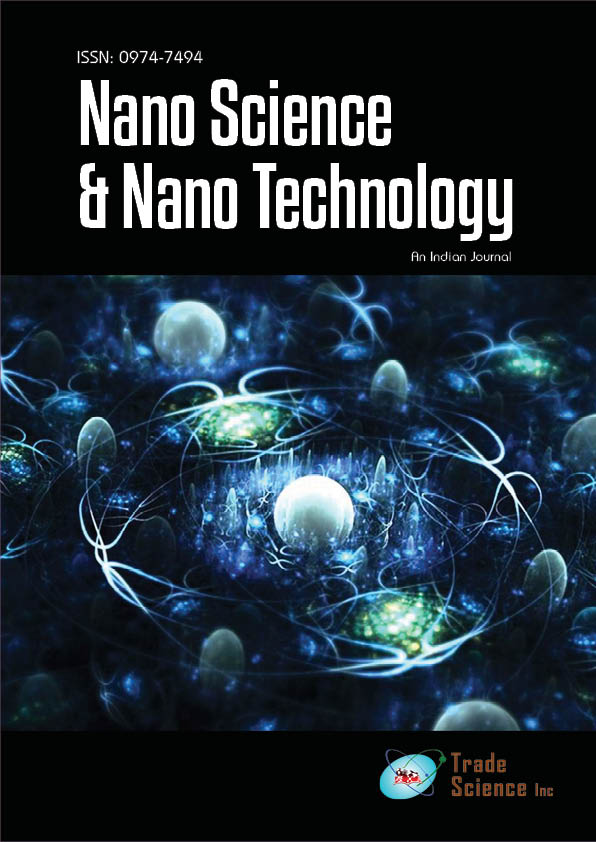Short commentary
, Volume: 17( 2) DOI: 10.37532/0974-7494.2019.15(1).131Editorial Note on Lithium Oxygen Batteries Using Nanocatalyst
- *Correspondence:
- Emily Wilson
Editorial Office
Nanoscience and Nanotechnology-An Indian Journal, India
Received: June 11, 2021; Accepted: June 15,2021; Published: June 18, 2021
Citation: Emily Wilson. Editorial Note on Lithium Oxygen Batteries Using Nanocatalyst. Nano Tech Nano Sci Ind J.2021;15(1):131
©2021 Trade Science Inc..
Lithium ion batteries are being employed in a variety of technological applications, including transportation, portable gadgets, medical equipment, power tools, and energy storage from renewable sources such as solar and wind. With rising demand for the use of high-performance batteries in hybrid and electric vehicles, as well as more demanding electronic devices, the physical constraints of the materials utilised in batteries are being investigated. While these batteries have a high energy density, they have a short cycle life and power density. Because of its high energy and power density, lithium oxygen (Li-O2) batteries have gained popularity as energy storage systems. The first non-aqueous Li-O2 battery was created utilising a Polyacrylonitrile (PAN) polymer-based material. When employed in electric vehicles, these batteries will greatly extend driving range, transforming the car industry. Li-O2 batteries have a potential specific energy density of 11,140 Wh/kg, which is four times higher than that of conventional lithium ion batteries [1-3].
The energy that can be stored in Li-air (based on aqueous or non-aqueous electrolytes) and Li-S cells is compared to Li-ion; the functioning of the cells is described, as are the substantial obstacles that must be overcome if such batteries are to succeed.
Rechargeable Li-air (henceforth referred to as Li-O2) batteries have theoretical capacities 10 times greater than existing Li-ion batteries, potentially allowing electric cars to have driving ranges equivalent to gasoline cars. These high energy densities in Li-O2 batteries are the consequence of an unusual battery design that includes an air (O2) cathode and a lithium (Ion) anode [4].
Rechargeable aprotic lithium (Li)-O2 batteries with high theoretical energy densities are viewed as possible next-generation energy storage systems and have lately gained a lot of attention. However, these batteries continue to suffer from a number of crucial drawbacks, including limited capacity, short cycle life, and low round-trip efficiency, making their practical deployment difficult.
The aprotic Li-O2 battery, which has the highest potential energy density, approaching that of gasoline, has been touted as one of the most potential successors to Li-ion batteries. Before this type of battery may become a viable technology, a number of significant challenges must be overcome, such as low round-trip efficiency and short cycle lifespan [5,6].
The lithium-O2 battery is one of most promising energy storage and conversion devices due to its ultrahigh theoretical energy density and hence has broad application potential in electrical vehicles and stationary power systems. However, the present Li-O2 battery suffers from a series of challenges for its practical application, such as its low capacity and rate capability, poor round-trip efficiency and short cycle life.
References
- Bruce PG, Freunberger S, Hardwick LJ, et al. Li-O2 and Li-S batteries with high energy storage. Nat Mater. 2011;11:172.
- Bhatt MD, Geaney H, Nolan M, et al. Key scientific challenges in current rechargeable non-aqueous Li-O2 batteries: experiment and theory. Phys Chem Chem Phys. 2014;16:12093-130
- Wang KX, Zhu QC, Chen JS. Strategies toward high-performance cathode materials for lithium-oxygen batteries. Small. 2018;14:e1800078.
- Huang G, Wang J, Zhang X. Electrode Protection In High-Efficiency Li-O2 Batteries. ACS Cent Sci.2020;6:2136-48.
- Zhang P, Zhao Y, Zhang X. Functional and stability orientation synthesis of materials and structures in aprotic Li-O2 batteries. Chem Soc Rev. 2018;47:2921-3004.
- Chawla N. Nanocatalysts in Lithium Oxygen Batteries. Nano Tech Nano Sci Ind J. 2018;12:128.

